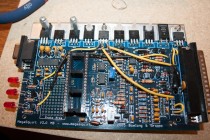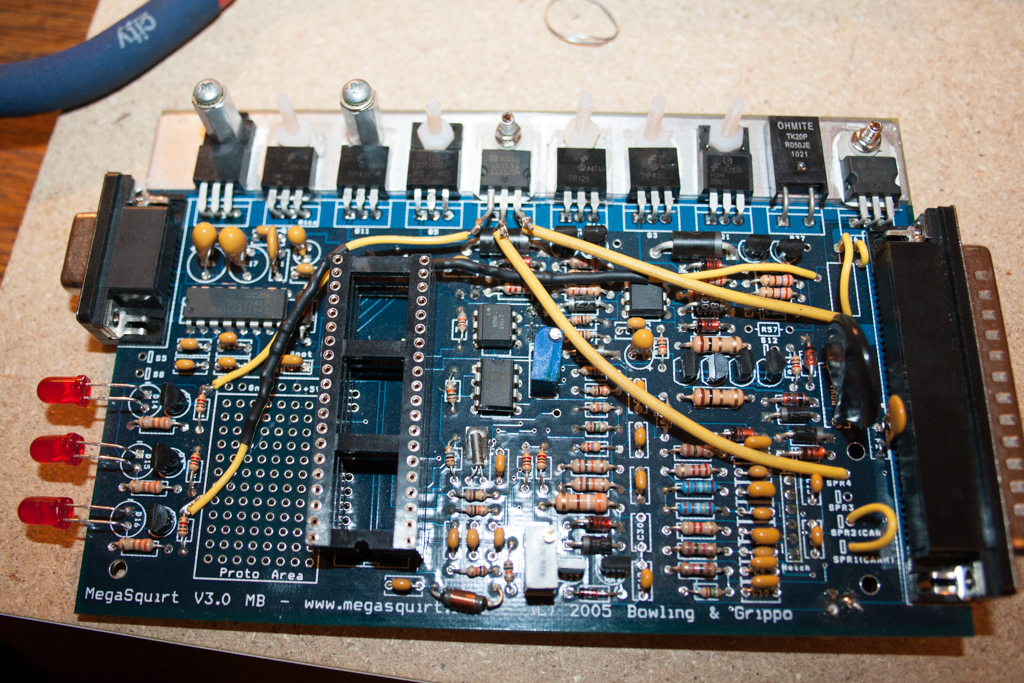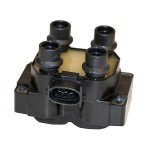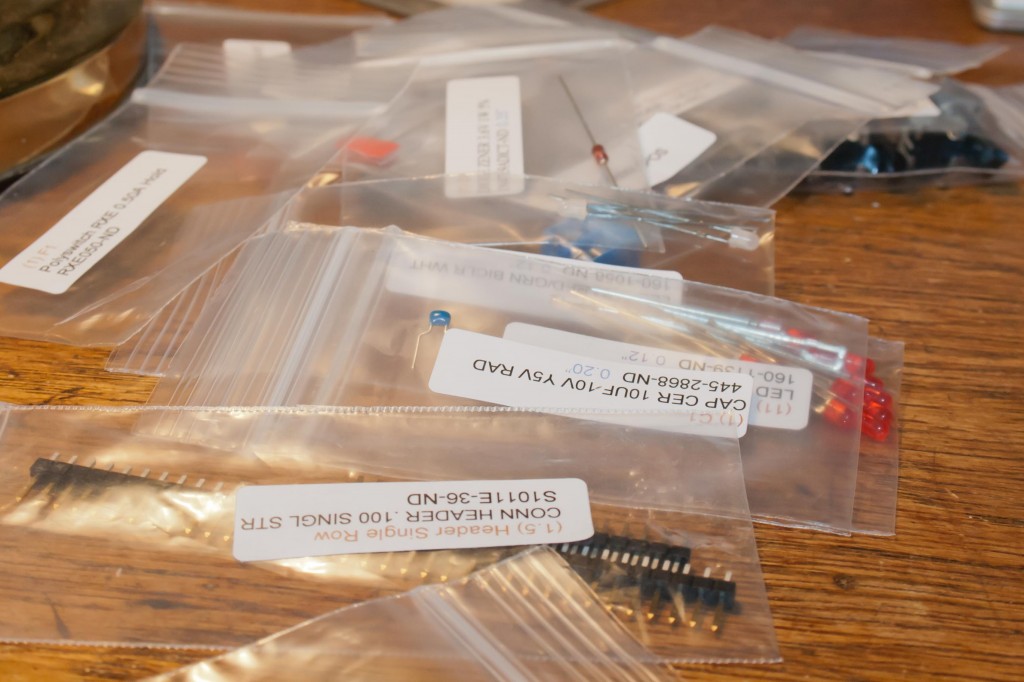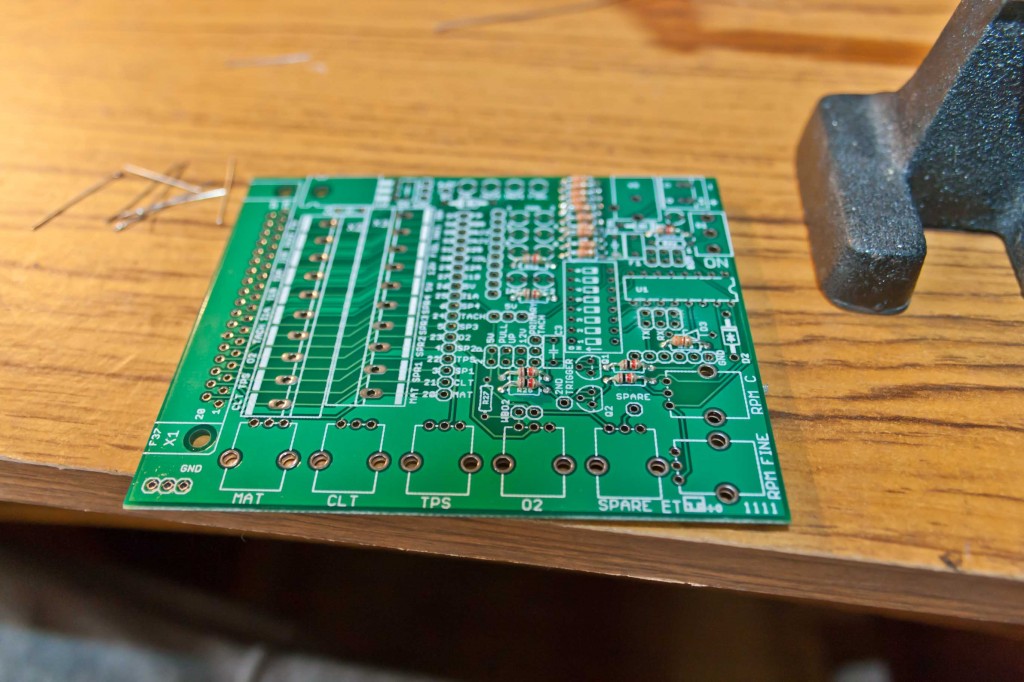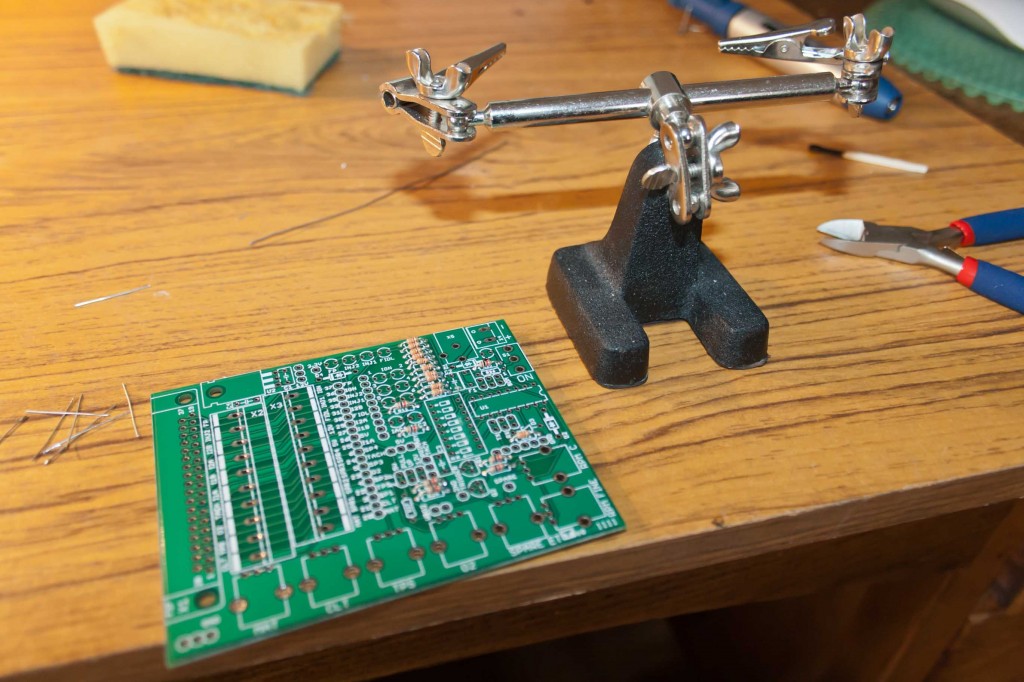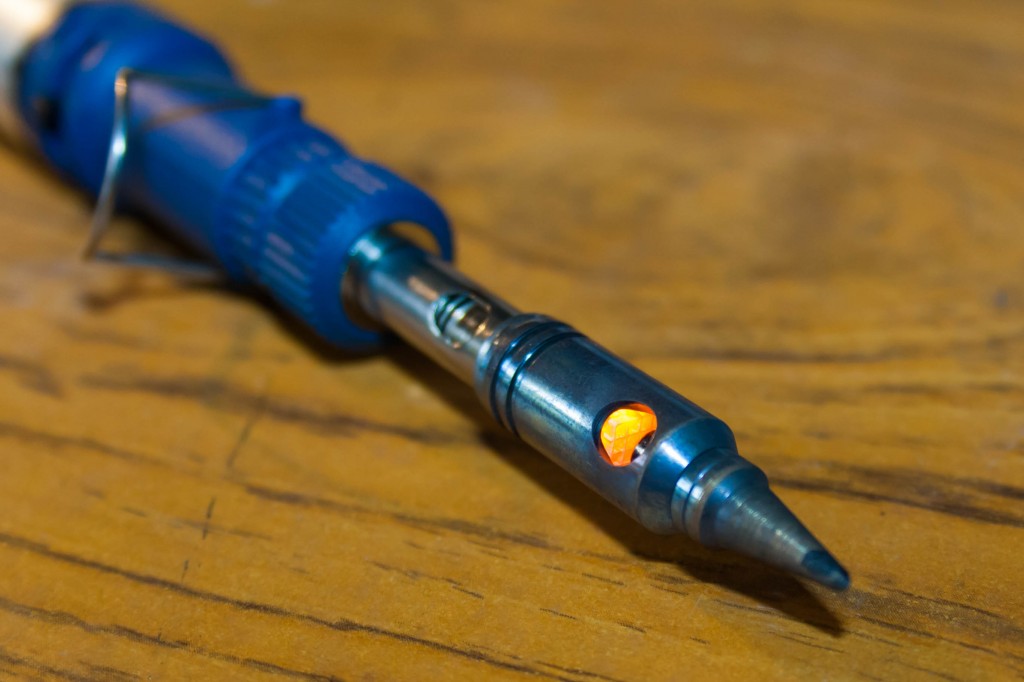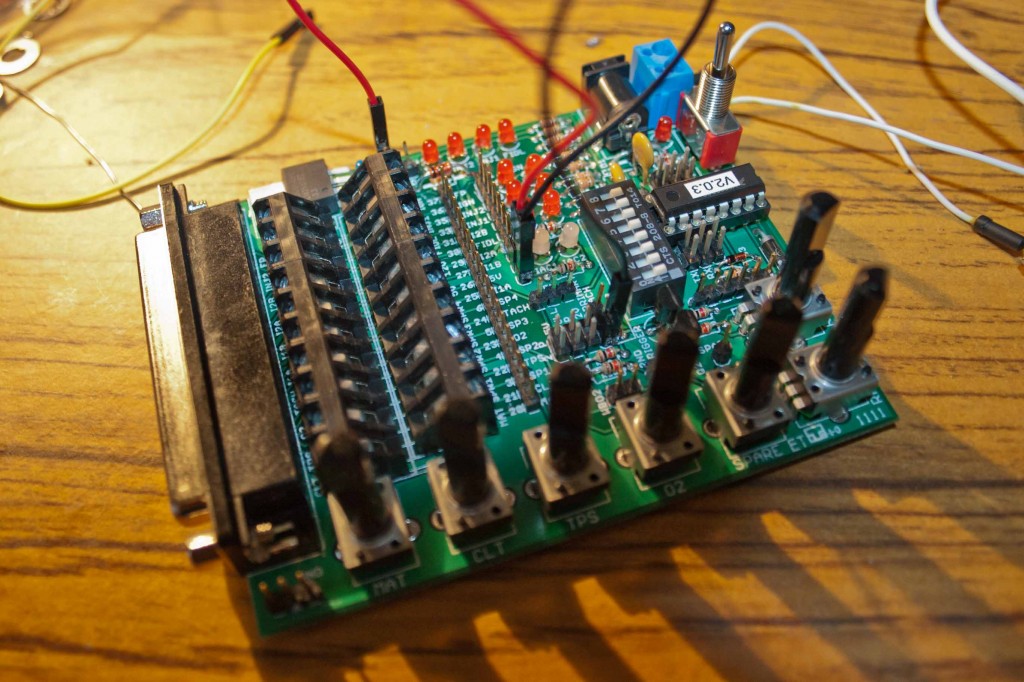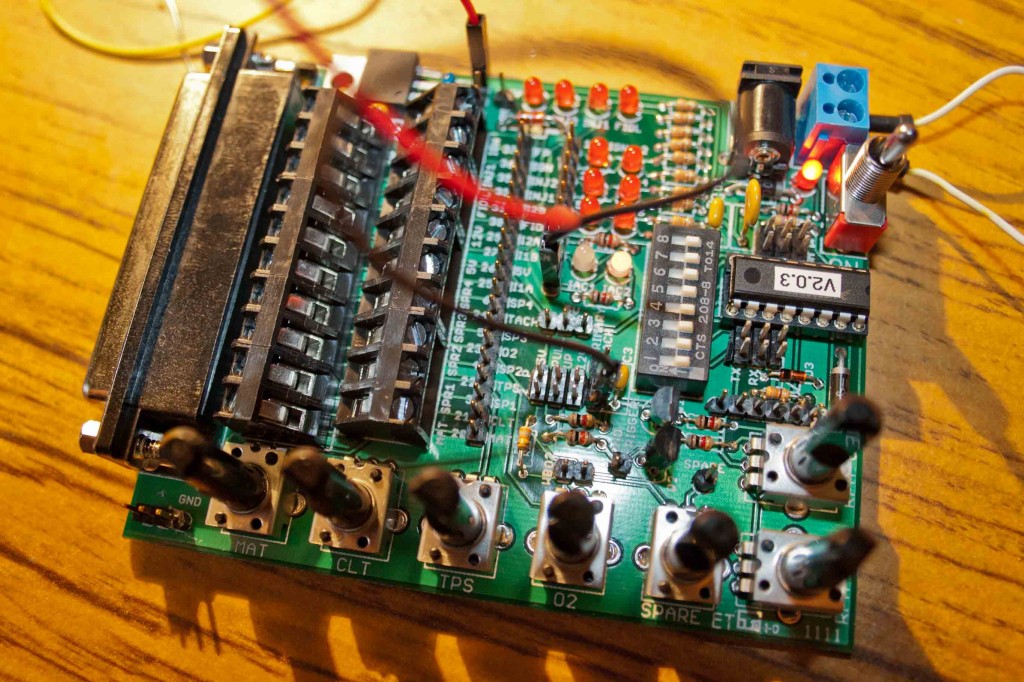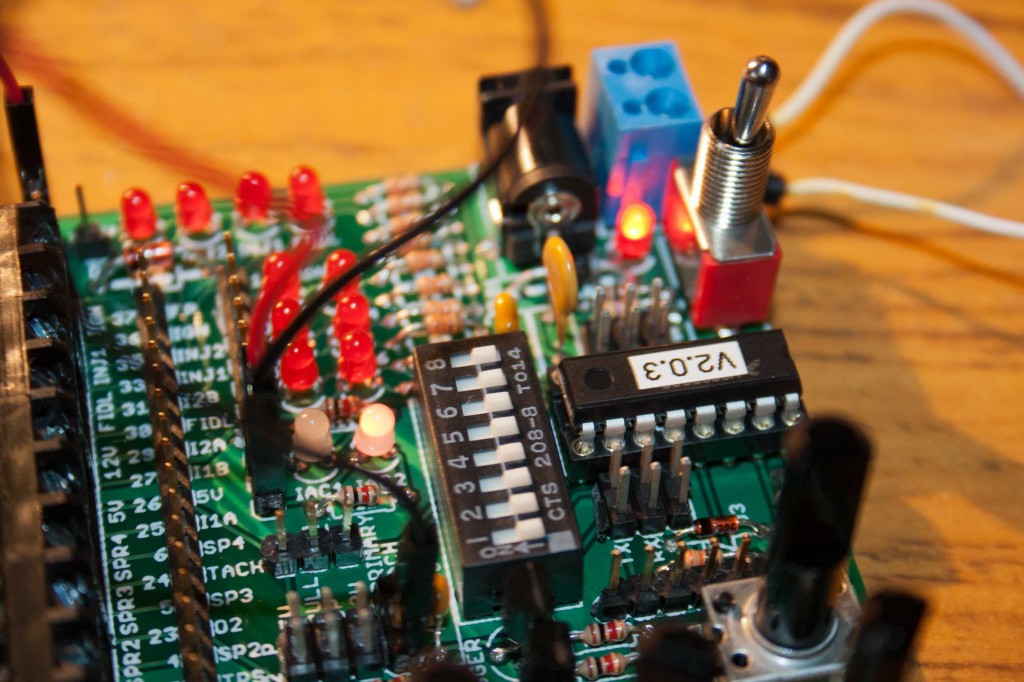I am pleased to introduce a little side project that I have been working on the past few months. The projects initial main focus is to create a HD digital dashboard for the MegaSquirt ECU, to be built using as much off the shelf hardware as possible. This means that hopefully with some conscious design planning it should be possible to produce copies fairly easily just by following some documentation and ordering a few bits of the Internet here and there (This is the plan at least, who knows how things will pan out). Theres no reason other ECUs can’t also be supported in the future, however thats the only aftermarket ECU I have at hand and since thats what I run in my cars.
Project Brief
Create a digital dashboard that respects the character and history of the original cluster gauge, whilst also providing access to additional sensor readings that are important for any turbocharged engine.
And so after a bit of hard work this is what I have come up with for now..

The dash features an 8 inch 1080P LCD display powered by a Raspberry Pi 2 (soon to be RPi 3) running a stripped down build of Linux to allow for fast booting. The dash communicates with the cars MS3 ECU via CAN bus and will include some additional power features that allow it to turn on/off safety via a switched ignition input.
The main motivation for having a digital dash is to take advantage of displaying all the extra sensor data the MS3 ECU utilises and accumulates. There are sensor outputs and ECU calculations that I would be interested in knowing whilst driving, but at the same time I don’t with to clutter the dash with additional gauges and dials as that would spoil the general aesthetics of the interior. Creating a digital dash in the same style as the original dials is a good compromise on having access to the data and not ignoring the originality of the car.
The development and install of the first dashboard will be a prototype version retrofitted into my Mk1 Escort. This type of instrumentation is something that I have wanted for many years, however it wasn’t until recently that I felt I had gained the right knowledge sets and courage to attempt such a project and not forgetting the funds to back. Believe me when I say this has been a long time in the works.
I will post more details on the project in the upcoming weeks but for now just wanted to give a glimpse into some of the more complicated long term projects I’m working on.


